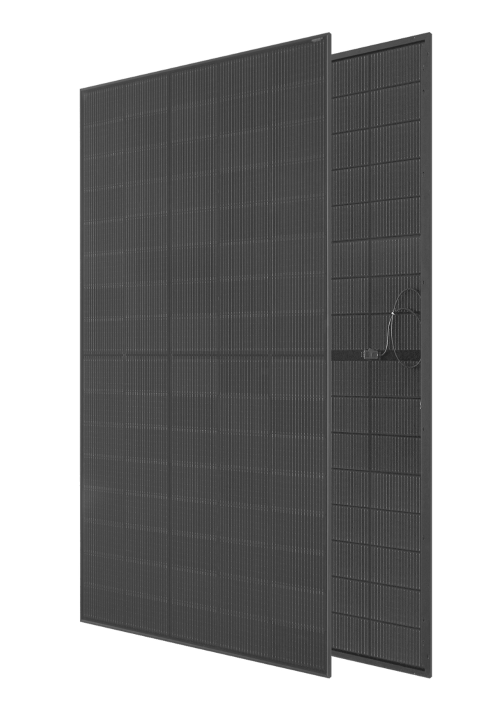Beschreibung
High Flexibility
The unique cell structure of HJT solar panels improves their flexibility, significantly reducing the likelihood of microcracks during transportation, installation, and handling. This enhancement not only enhances the overall reliability and durability of the solar system but also increases its performance.
Optimized Super-Grid
Additionally, the optimized number and finer grid reduce shading and shorten current transfer distances, effectively lowering resistance and improving tolerance to microcracks and busbar breaks. These advancements ensure greater reliability and efficiency.
Low-Temperature Process
HJT cells incorporate a silicon-based thin film to create a p-n junction, allowing soldering processes to be carried out at temperatures below 250°C. This reduces thermal stress caused by high temperatures and mitigates heat-related damage to the solar cells, thereby improving their durability and performance.
Ultra-low Temperature Coefficient
Heterojunction cells have a lower temperature coefficient of -0.25%C compared to PERC and TOPCon cells, providing greater stability in power generation and minimizing power losses at higher temperatures.

